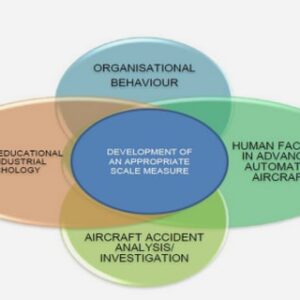(Downloads - 0)
For more info about our services contact : help@bestpfe.com
Table of contents
1 Chapter 1: Introduction
1.1 L2 phonological processing and its relationship to L1
1.1.1 Models of L2 perception and production
1.1.2 Perceptual distortions in prelexical and lexical levels
1.1.3 Distortions in L2 speech production
1.2 Perceptual asymmetries
1.2.1 Directional asymmetries in vowels
1.2.2 Directional asymmetries in consonants
1.2.3 The link between prelexical and lexical asymmetries
1.3 Training
1.3.1 Classical HVPT procedure
1.3.2 Testing the robustness for “real-life processing”
1.3.3 New methods – ecologically realistic environments
1.4 Outline of the following chapters
2 Chapter 2: The relationship between perception and production: the processing of French /u/-/y/ by English natives
2.1 Introduction
2.2 On the relationship between perception and production of L2 sounds: Evidence from Anglophones’ processing of the French /u/-/y/ contrast
2.2.1 Introduction
2.2.2 Methods
2.2.3 Results and discussion
2.2.4 General discussion
2.2.5 Notes
2.2.6 Appendix
2.2.8 References
2.4 Conclusion
3 Chapter 3: Non-native sound perception across levels of processing: the perception of English /h/ by French natives
3.1 Introduction
3.2 Perceptual deletion and asymmetric lexical access in second language learners – Melnik & Peperkamp (2019)
3.3 The effect of phonetic training on L2 word recognition
3.3.1 Introduction
3.3.2 Methods
3.3.3 Results and discussion
3.3.4 General discussion
3.3.5 References
3.4 The relationship between prelexical and lexical asymmetries in L2 perception
3.4.1 Introduction
3.4.2 The phonetic properties of /h/ and predictions of existing models
3.4.3 Results from the training study
3.4.4 Discussion
3.4.5 Comparing results from lexical decision in the Melnik & Peperkamp (2019) study and the training study
3.5 Conclusion
4 Chapter 4: General discussion
4.1 The relationship between perception and production
4.1.1 Summary of empirical work
4.1.2 Further questions
4.2 Non-native sound perception across levels of processing
4.2.1 Summary of empirical work
4.2.2 Further questions
4.3 Insights from perception on the development of production
Appendix A: The role of domain-general cognitive capacities in L2 phonological learning
A.1 Introduction
A.2 Methods
A.3 Results
A.4 Discussion
Appendix B: Online Phonetic Training Improves L2 Word Recognition – Melnik & Peperkamp (to appear, 2019)
References


